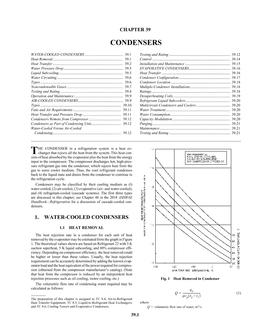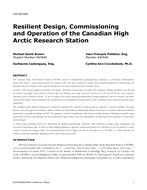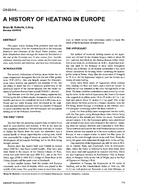Frost formation on evaporator surfaces is a well-known problem in air-source heat pump (ASHP) systems, which decreases the energy efficiency of the system and causes thermal comfort issues during defrosting. Coatings for evaporator heat exchanger surfaces are one potential way of decreasing the problems with frost and thus improve the performance of the HP. However, there is still no consensus on which type of coating that attributes more energy efficient HP performance: hydrophilic or hydrophobic coatings. This paper aims to investigate if superhydrophilic or superhydrophobic coatings, compared to an uncoated reference surface, help prolong the cycle lengths and time spent in frosting mode by performing cyclic frosting and defrosting experiments on aluminum surfaces.
The study was performed on small aluminum substrates (40 x 50 x 10 mm, 1.57″ x 0.20″ x 0.39″). A total of five different surface coatings of the substrates were compared, including an elastomer surface and a Slippery Liquid-Infused Porous (SLIP) type surface. The substrates were subjected to cycles of frosting and active defrosting in a wind tunnel, placed in a climate chamber at The Royal Institute of Technology (KTH) in Stockholm, Sweden. The temperature and relative humidity of the air inside the climate chamber were kept at 2°C (35.6°F) and 84%, respectively, according to the Swedish standard for HP test conditions (SS-EN 14511-2:2018). Cycles of frosting and active defrosting of the substrates were achieved by means of a thermo electric cooler (TEC) and captured with images (front and top camera).
Product Details
- Published:
- 2022
- Number of Pages:
- 9
- Units of Measure:
- Dual
- File Size:
- 1 file , 2.7 MB
- Product Code(s):
- D-LV-22-C046
- Note:
- This product is unavailable in Russia, Belarus


